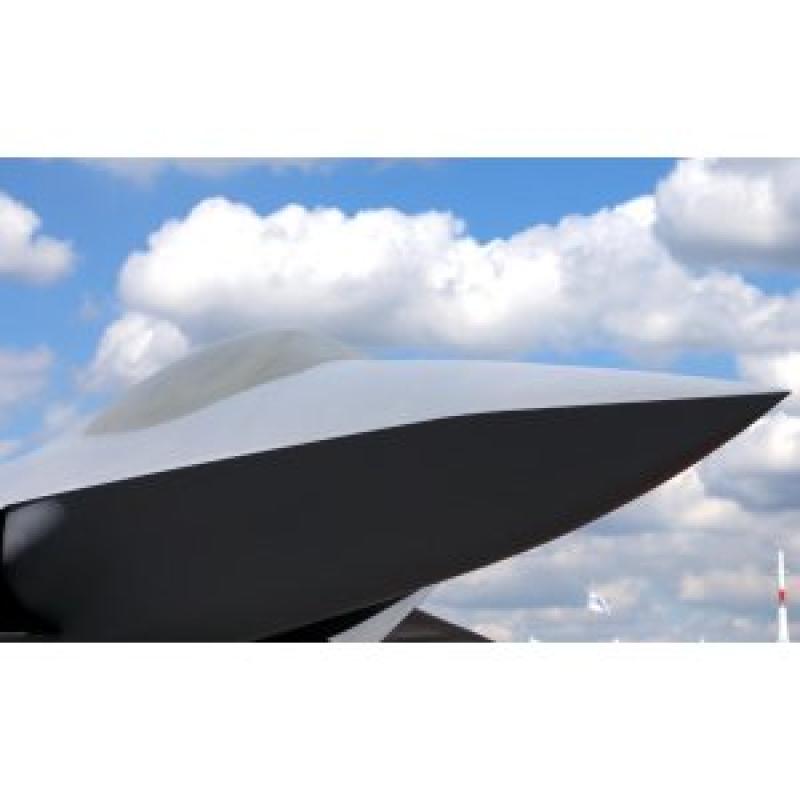Spain joins France and Germany in race to build Europe's next combat jet




Dassault Aviation and Airbus will build the warplane which is expected to be operational from 2040, with a view to replacing Dassault’s Rafale and Germany’s Eurofighter over time.
The European project faces competition from Britain, which last year launched its own plans for a new combat jet dubbed “Tempest”. Industry executives have urged European capitals to move swiftly or risk losing out in a global market to bigger players led by the United States, or even China in the future.
The defense ministers of France, Germany and Spain signed an accord launching a trilateral framework of cooperation at the Paris Airshow, sat in front of a mock-up of the jet and with French President Emmanuel Macron applauding behind them.
France’s Safran and Germany’s MTU Aero Engines will jointly develop the new warplane’s engine.
Dassault and Airbus have delivered a joint industrial proposal to the governments of France and Germany to develop demonstrators for the next-generation fighter, unmanned aircraft that would operate together with them, and a new “air combat cloud” by 2026. They said they expected an initial contract award for the first demonstrator phase by the fourth quarter.
“The first demonstrator phase marks another decisive step,” they said in a joint statement.
The teaming agreements, which also include MBDA Systems and France’s Thales, also address the potentially thorny issue of intellectual property rights among companies that often compete, and ensure their “transparent and fair handling.”
Airbus and Dassault have built up a good level of trust and partnership, said Dirk Hoke, CEO of Airbus Defence and Space, noting the proposal called for “joint decision making, a clear governance set-up (and) transparent ways of working.”
German Defence Minister Ursula von der Leyen said the project would strengthen the European defense industry and provide new opportunities for companies to carry out cutting edge research, while strengthening European defense cooperation.
France had explored working with Britain on the project, bringing together Europe’s two biggest military powers.
But in July 2017, Macron and German Chancellor Angela Merkel announced plans for the new Future Combat Air System (SCAF), including a fighter jet and a range of associated weapons such as drones.
Britain’s unveiling last July of its plans for a next-generation aircraft to rival the United States’ F35, the world’s most advanced warplane, laid bare European divisions and deepening scepticism about the future of European defense cooperation as Britain negotiates its exit from the European Union.
BAE Systems, Italy’s Leonardo, engine maker Rolls-Royce and missile maker MBDA are running the British project.
“Competition amongst Europeans when it weakens us against the Americans, the Chinese, is ridiculous,” Macron told reporters at the air show when asked about the two combat jet programs.
The French and German governments expect to invest an initial 4 billion euros ($4.5 billion) in the combat jet by 2025, with France, the project leader, contributing 2.5 billion euros, according to the French defense ministry.
Paris and Berlin target the first flight of a prototype around 2026.
Initial image: French-German-Spanish New Generation Fighter (NGF) model during the 53rd International Paris Air Show at Le Bourget Airport near Paris, France, June 17 2019. REUTERS/Pascal Rossignol





Previous attempts at military aircraft for all of Europe have been... less than total successes. We shall see if today's environment, with mistrust of America at a high point, is any different.
We still build the best airplanes.
How do you define "best" in this case?
Dassault makes very good jet fighters. Doesn't sell many, though.
The consequence is that the per-unit cost is... ...